1. Excessive Candles and Candle Holders
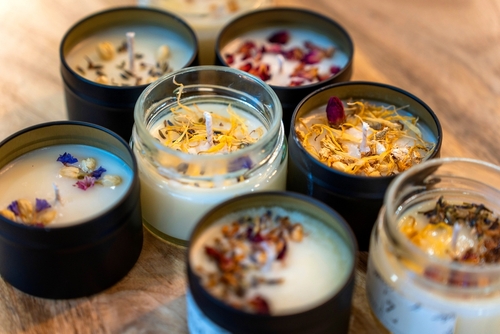
Candles are lovely for ambiance, but covering every surface with them can look chaotic. When there’s a different scent or color on every table, the eye doesn’t know where to rest. Too many fragrances can also compete, making the air feel heavy instead of relaxing. A single well-placed candle can be far more impactful than ten scattered ones.
Candle holders add another layer of clutter if they’re mismatched or oversized. Grouping candles in one area creates a focal point and cuts down on mess. Opt for unscented versions if you use several, to avoid sensory overload. It’s about calm, not chaos.
2. Too Many Throw Pillows
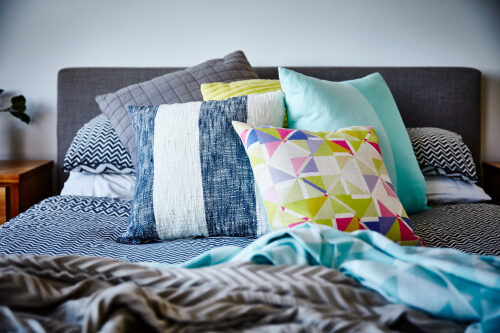
Throw pillows can make a couch feel cozy, but there’s a fine line between plush and piled-on. When every seat is buried under cushions, guests have to move them just to sit down. It can make a room feel cramped and fussy instead of comfortable. Aim for a few well-chosen pillows that complement your color scheme rather than overwhelm it.
Pillow overload also means more dust, allergens, and maintenance. Each fabric surface traps particles and pet hair, which can make your living space feel stuffy. Designers suggest sticking to an odd number—three or five—for balance. It’s one of those “less is more” situations that instantly opens up a room.
3. Overly Themed Décor
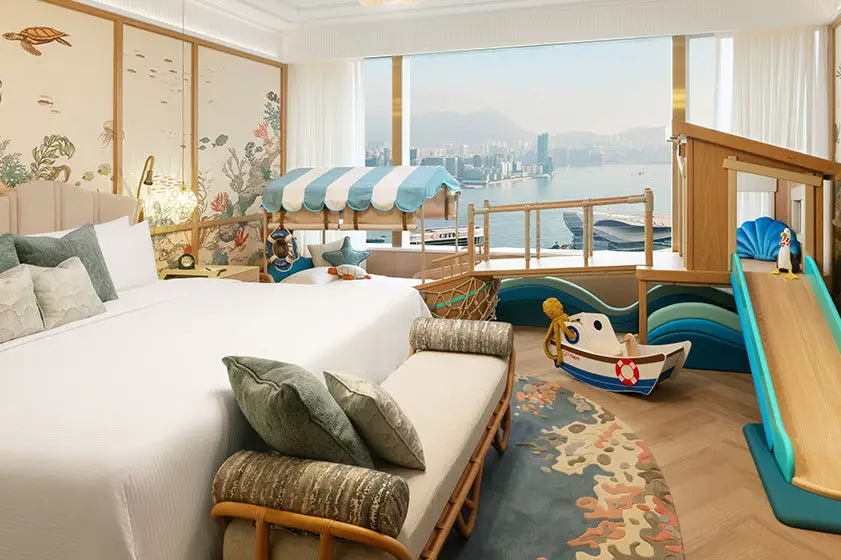
A little personality is great, but going all-in on a single theme—like “farmhouse everything” or “coastal chic”—can quickly feel staged. Too many theme-specific items, such as “gather” signs or seashell trinkets, create visual noise. The effect is less like a home and more like a store display. It can also make it harder to update your style as trends change.
Instead, think of your theme as inspiration, not instruction. Keep one or two standout pieces that represent your aesthetic, and balance them with more neutral elements. This creates depth and feels more authentic. Your home will look curated, not copied from a catalog.
4. Decorative Bowls of Potpourri
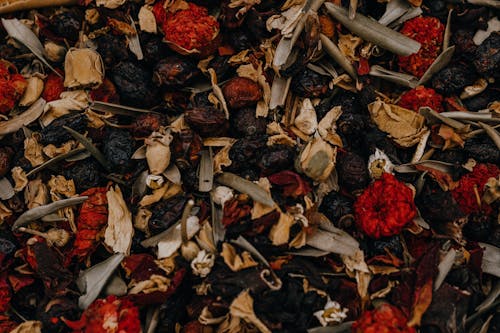
Potpourri used to be a sign of sophistication, but now it often reads as dated. The dusty petals and artificial fragrances can give off a stale feeling. Over time, it stops scenting the air and just becomes another surface collecting dust. Guests might notice the musty smell before the intended floral notes.
If you love a scented element, try a reed diffuser or essential oil blend instead. These offer cleaner fragrances and less mess. Plus, they’re easier to refresh and won’t look neglected. A modern diffuser gives the same effect without the visual clutter.
5. Fake Plants and Flowers
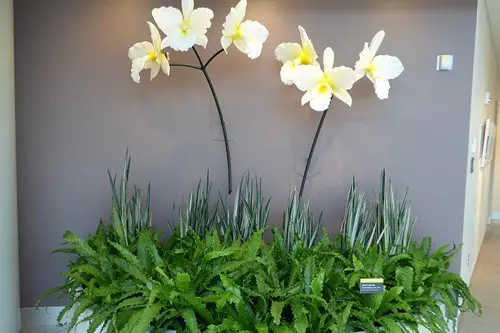
Artificial greenery can be tempting, but it often ends up looking plastic and lifeless. Over time, fake leaves collect dust that’s hard to clean without damaging them. Instead of freshening a room, they can make it feel stagnant. Especially under bright light, their synthetic sheen is hard to ignore.
If you struggle to keep real plants alive, go for low-maintenance options like snake plants or pothos. Even one healthy plant brings more warmth and freshness than a dozen fakes. Real greenery also helps purify the air and boost mood. It’s a small change with big visual impact.
6. Knick-Knack Collections
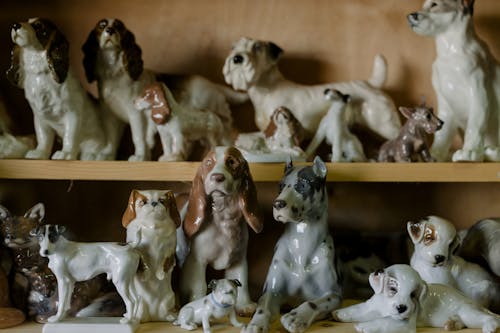
Tiny figurines and souvenirs are meaningful, but too many can overwhelm a space. When every shelf is covered, there’s no room for the eye to rest. It can make your home feel smaller and busier than it is. The sentimental value gets lost when it’s all competing for attention.
Try displaying only a few favorites at a time and rotating them seasonally. This keeps your décor feeling fresh and intentional. Grouping similar pieces together also adds harmony. You’ll still celebrate your memories—just in a more polished way.
7. Overloaded Bookshelves
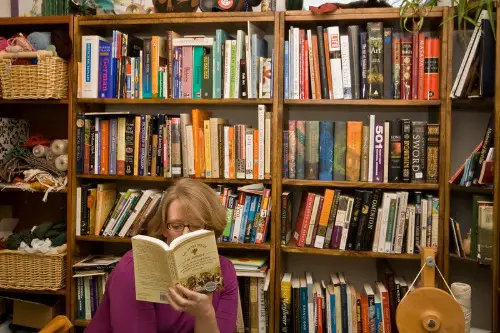
Bookshelves packed to the brim can look more chaotic than intellectual. When every inch is filled, the beauty of the books themselves gets lost. It can also make dusting nearly impossible, which dulls the overall look. A little negative space helps your collection breathe.
Designers often recommend arranging books both vertically and horizontally for visual interest. Adding a plant or framed photo can also break up the monotony. Editing your shelves doesn’t mean losing your love of reading—it means showcasing it better. A tidy shelf says “curated,” not “crowded.”
8. Too Many Rugs Layered Together

Layering rugs can add texture, but when overdone, it chops up the room visually. Multiple patterns or colors fight for attention, making the space feel disjointed. It can also create tripping hazards or make furniture placement awkward. The goal is to define space, not confuse it.
Stick with one statement rug that anchors the room. If layering, limit it to two complementary styles—a neutral base with a smaller accent piece. Keep textures balanced so it feels intentional. You’ll still get that designer look, minus the visual overload.
9. Excess Wall Art
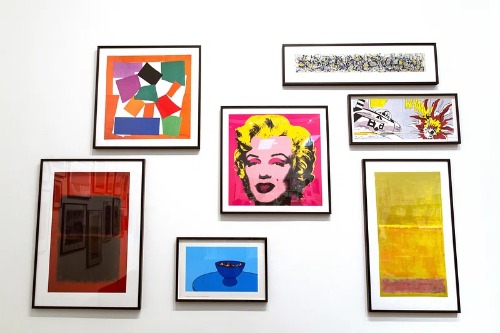
Walls filled edge-to-edge with art might feel expressive but can end up chaotic. When every inch has something on it, the eye doesn’t know where to focus. Art needs breathing room to make an impact. Even the best pieces lose their effect when they’re crowded.
Try creating a gallery wall with consistent spacing and color cohesion. Or highlight one large piece as a statement. Negative space isn’t empty—it’s elegant. Your walls will tell a story instead of shouting it.
10. Oversized Furniture for Small Rooms
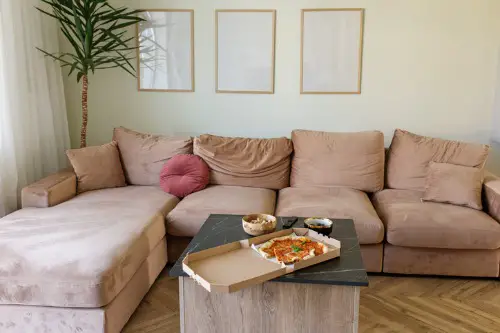
Big, plush furniture may look inviting in the showroom, but it can overpower a smaller space. When pieces block windows or pathways, it shrinks the room visually. Comfort shouldn’t mean crowding. Scale is everything when it comes to balance.
Measure your space before buying and aim for furniture with visible legs—it tricks the eye into seeing more room. Multi-functional pieces, like ottomans with storage, can add comfort without clutter. Your space should feel open, not boxed in. The right proportions create instant calm.
11. Excessive Open Shelving
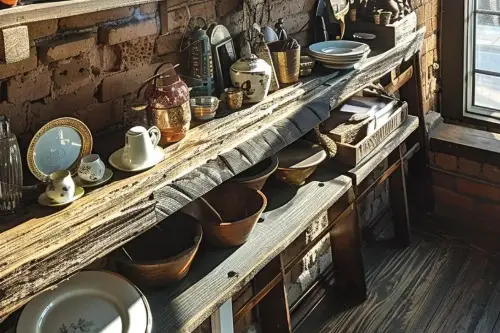
Open shelving is trendy, but it can quickly become a magnet for clutter. Dishes, jars, and knick-knacks on display require constant upkeep. When shelves get crowded, the effect turns from airy to anxious. It’s also a dust collector if not maintained regularly.
If you love the look, keep only essentials visible—like glassware or a few cookbooks. Hide the rest behind cabinets for a cleaner finish. The contrast between open and closed storage keeps things balanced. Function should always come before display.
12. Old or Overly Patterned Curtains
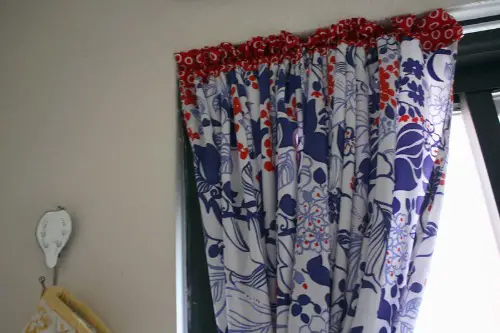
Heavily patterned or bulky drapes can weigh a room down. They block light and create a dated, claustrophobic feel. Patterns fade over time, making them look tired instead of timeless. Clean lines and light fabrics instantly modernize a space.
Opt for linen, cotton, or sheer curtains that let natural light in. This makes the room feel larger and more inviting. Neutral tones blend easily with evolving styles. Sometimes the simplest window treatments make the biggest difference.
13. Excessive Framed Photos
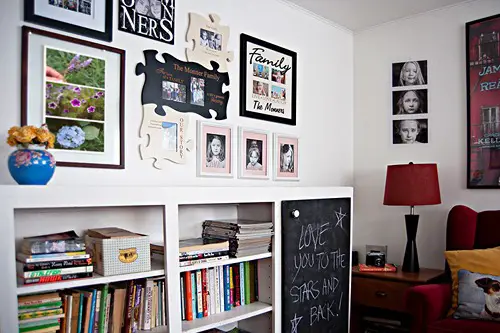
Photos make a home personal, but too many can look more like a gallery than a living space. When every surface has frames, it reads as clutter instead of warmth. The meaning behind the photos gets lost in the crowd. A few key images tell your story better than dozens.
Choose your most special moments and enlarge them for visual impact. Group them in one area rather than scattering them everywhere. You can even rotate them seasonally to keep things fresh. Thoughtful placement always trumps quantity.
14. Stacks of Magazines or Coffee Table Books
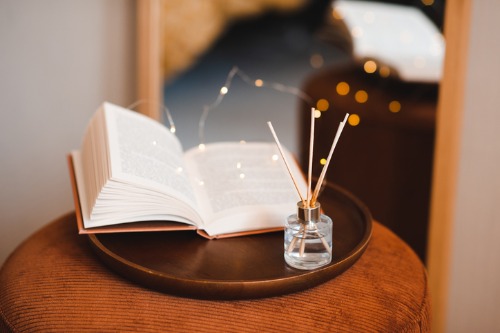
Coffee table books are stylish, but piles of them feel messy fast. When stacks reach more than two or three, they dominate the surface instead of accenting it. It also makes it hard to actually use the table for drinks or décor. Cluttered tables subconsciously signal disorganization.
Keep a small, curated selection that reflects your interests. Rotate them periodically to showcase new favorites. Add a tray or small vase to break up the lines visually. A tidy table reads as calm and intentional, not chaotic.
This post 14 Home Accessories That Signal Clutter, Not Comfort was first published on Greenhouse Black.
